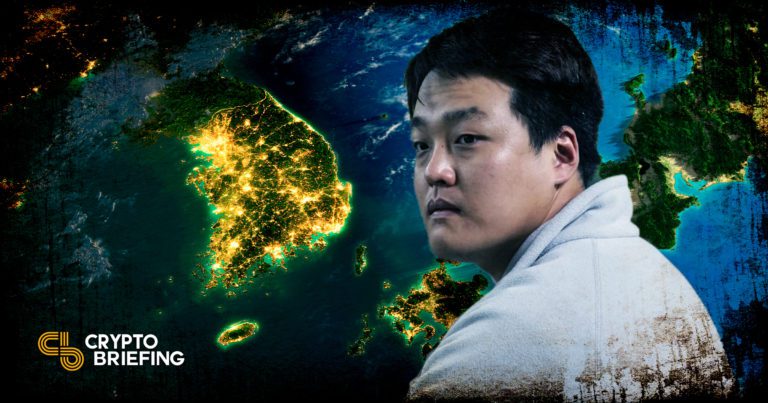The March 22 attack by the Islamic State-Khorasan Province (ISKP) in a concert hall in Moscow is one of the most significant terror incidents in terms of casualties. It claimed over 200 lives. In recent years, the world has witnessed a series of assaults by the Islamic State (IS) on Russia, including a failed synagogue attack in Moscow and the 2022 assault on the Russian Embassy in Afghanistan. The latest attack transcends a mere act of war against the State. Initial investigations have revealed that the shooters belonged to Tajikistan. However, further analysis of the IS and Russia relations suggests that these “jihadi” volunteers belonged to the IS’ Caucasus branch, operating in Russia’s predominantly Muslim North Caucasus region, particularly in Chechnya, Dagestan, Ingushetia, and Kabardino-Balkaria.

Analysts posit that ISKP has harboured opposition against Vladimir Putin, often condemning his intervention in the Syrian civil war in 2015 and his support for President Bashar al-Assad against the IS. The majority of IS members present in Syria belong to the Caucasus region. Chechnya’s history of resistance against Moscow’s authority fostered an Islamic insurgency, leading to armed conflicts between Russia and militants from 2007 to 2017. This region evolved into an IS recruitment hub. In October 2002, Chechen insurgents seized approximately 800 hostages at a Moscow theatre. Then, in October 2015, an IS-planted bomb downed a Russian passenger plane over Sinai, Egypt, claiming the lives of 224 individuals, predominantly Russian tourists. In recent times, the group has claimed responsibility for numerous attacks in Russia.
The North Caucasus is important to the IS due to several factors. The region, located in southern Russia, has historically served as a key source of foreign fighters for the IS. It has witnessed conflicts between indigenous populations and the advancing Russian presence for centuries. In 1994, a war commenced, marked by Russia’s military intervention aimed at quelling a push for independence in Chechnya. The Russian intervention sparked a regional insurgency, increasingly intertwined with radical Islamist ideologies and spreading across the North Caucasus. It fuelled radicalisation and recruitment to IS — approximately a quarter of the 30,000- 40,000 foreign fighters who joined IS were from the former Soviet Union.
The Caucasus Emirate, established in 2007, played a central role in expanding militant activities across the region in response to Russia’s presence, policing methods, and corruption. By 2012, militants from Chechnya and other North Caucasian areas began participating in the Syrian conflict, initially under the Caucasus Emirate’s banner. However, factional divisions led to the emergence of groups like Jaysh al-Muhajirin wal-Ansar, which pledged allegiance to the IS. The defection of critical commanders to the IS, combined with the latter’s rapid rise and declaration of a caliphate, attracted radicalised individuals in the North Caucasus, leading to most militant groups pledging allegiance to the IS between 2014 and 2015.
The establishment of the IS’s regional branch, Vilayat Kavkaz, supplanted the Caucasus Emirate but failed to yield significant military gains, resulting instead in group fragmentation and small-scale attacks orchestrated by sleeper cells. The Russian government has faced accusations of enabling the migration of potential militants from the North Caucasus to Syria and Iraq via Turkey. Between 2012 and 2015, approximately 2,900 Russian radicals and members of illegal armed groups reportedly travelled to Syria via Turkey, ultimately joining the IS. The objective behind Russian facilitation was to divert the conflict and rising threat of IS on Russian territory. Another possible reason for the conflict between IS and Moscow was Putin’s support to the Assad government so that it could have a pivotal role in West Asia and counter the United States’s influence in the region.
Concerns persist regarding the level of sympathy and support for IS among the North Caucasus population, fuelled by perceptions of social injustice, government corruption, and economic disparities. Grievances stemming from practices such as extrajudicial executions, abduction, and torture, particularly in Chechnya, alongside policies penalising families of militants, further exacerbate tensions. The illegal migrants and those detained by the Russian authorities for overstaying beyond visa permits are victims of violence and discrimination. The sense of victimhood is used against the State for recruitment. Additionally, the plight of individuals who joined the IS and Russia’s repatriation efforts have heightened the potential for radicalisation.
The North Caucasus remains pivotal for the IS’s radicalisation and recruitment efforts due to high levels of sympathy and support at the grassroots. Addressing the root causes of radicalisation is imperative to mitigate the threat of violent extremism, with a focus on socio-economic grievances, inclusive governance, and engagement with moderate voices. International cooperation is also crucial in combating the evolving security landscape.
Soumya Awasthi is expert member, Centre on Armed Group, Geneva. The views expressed are personal
















